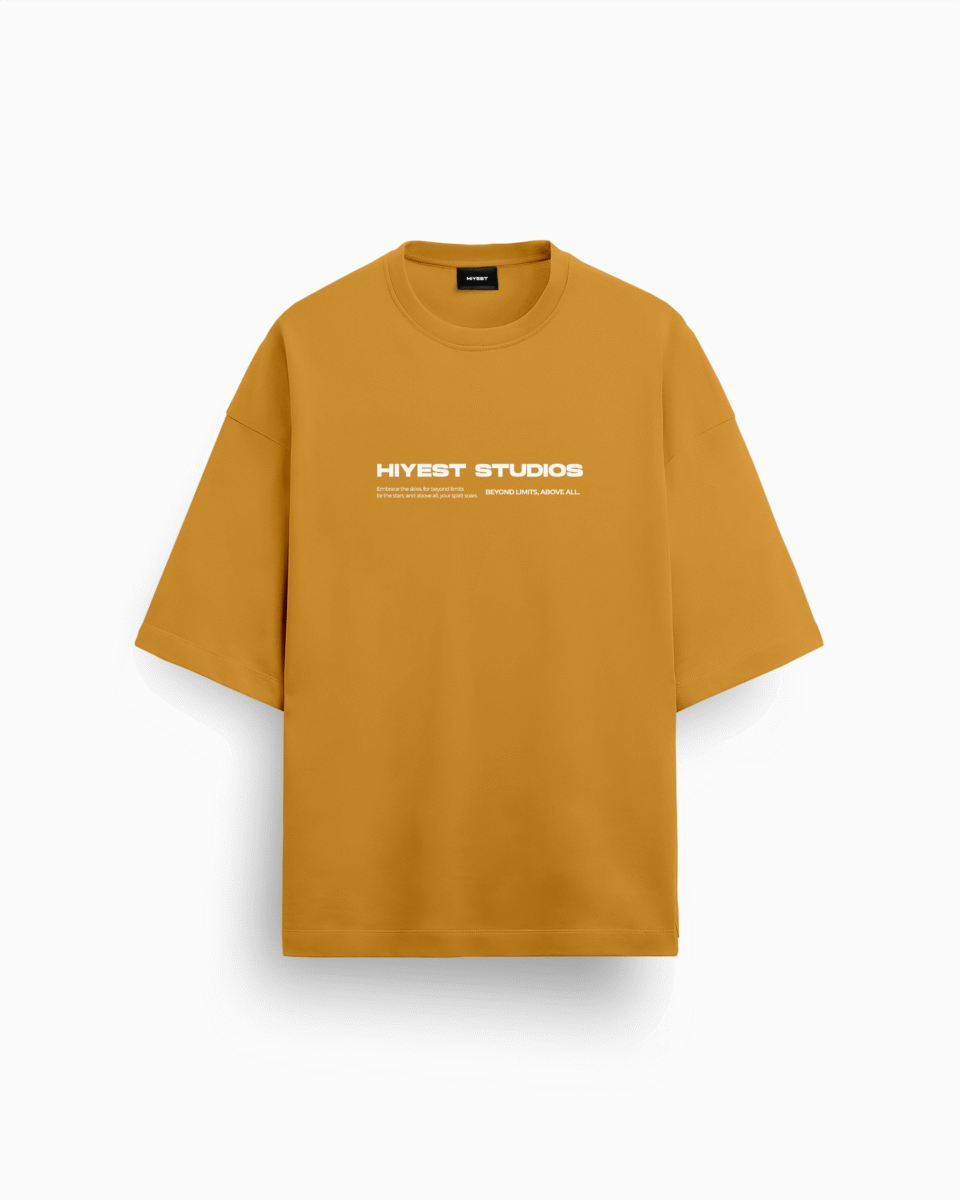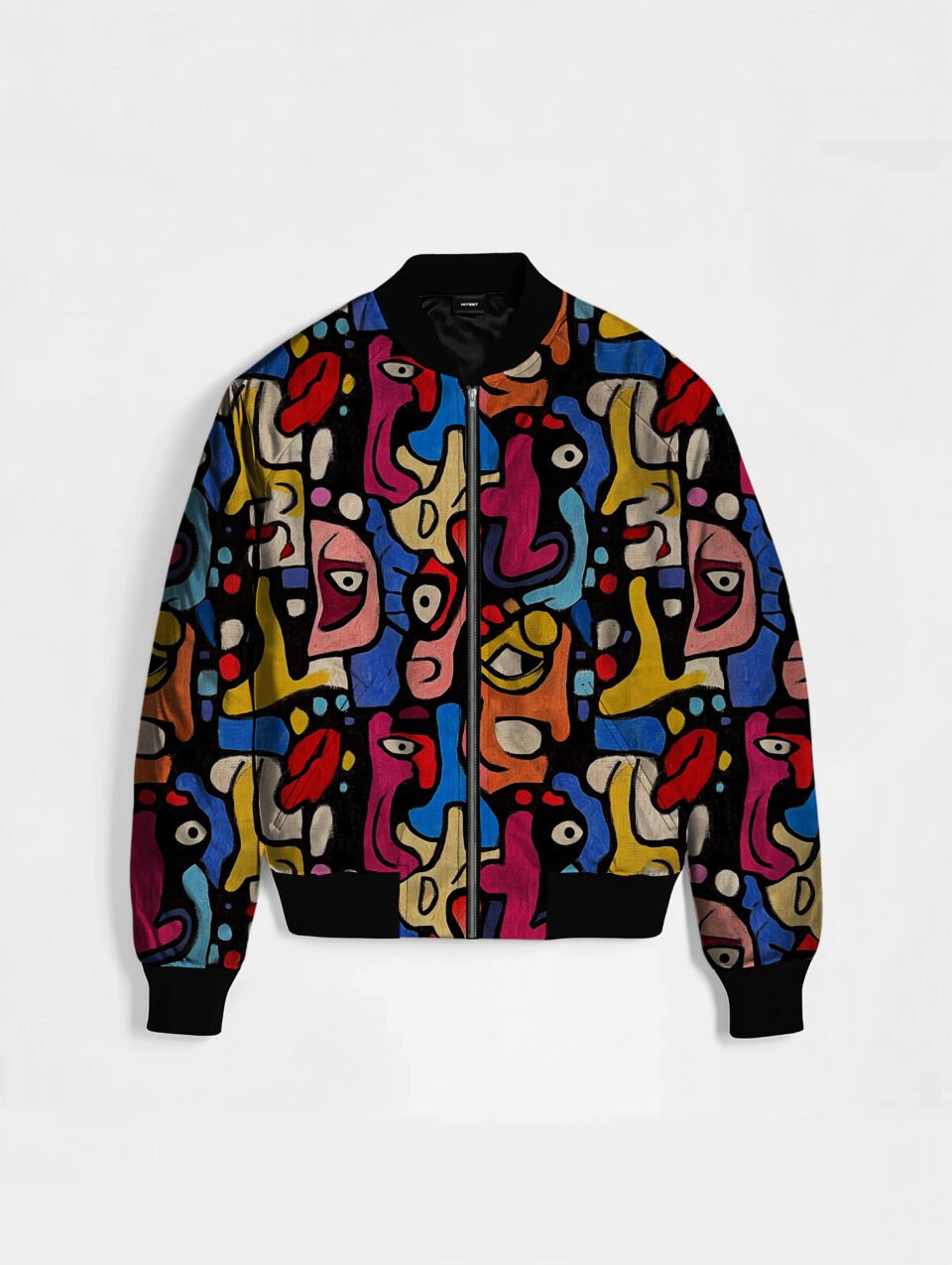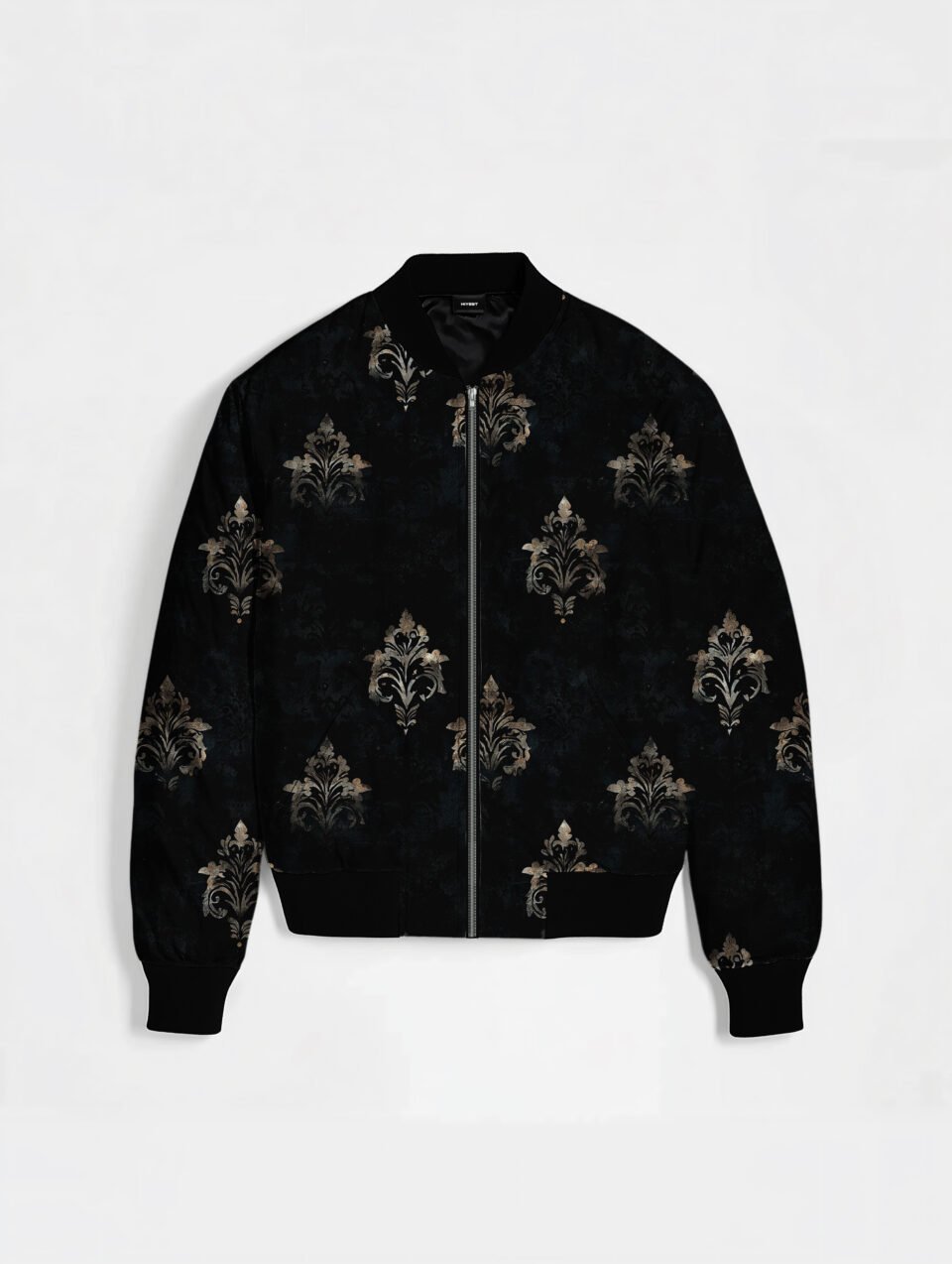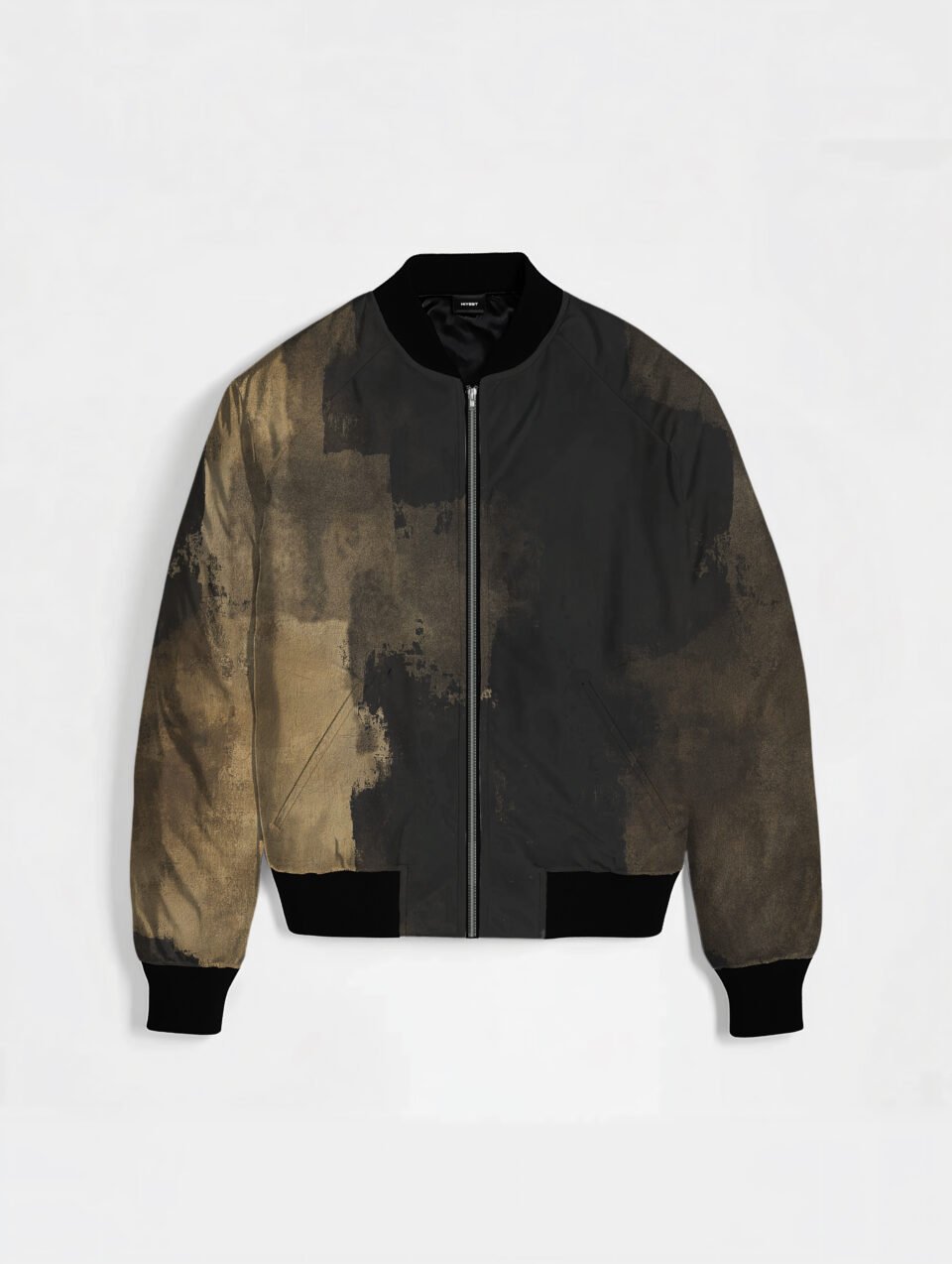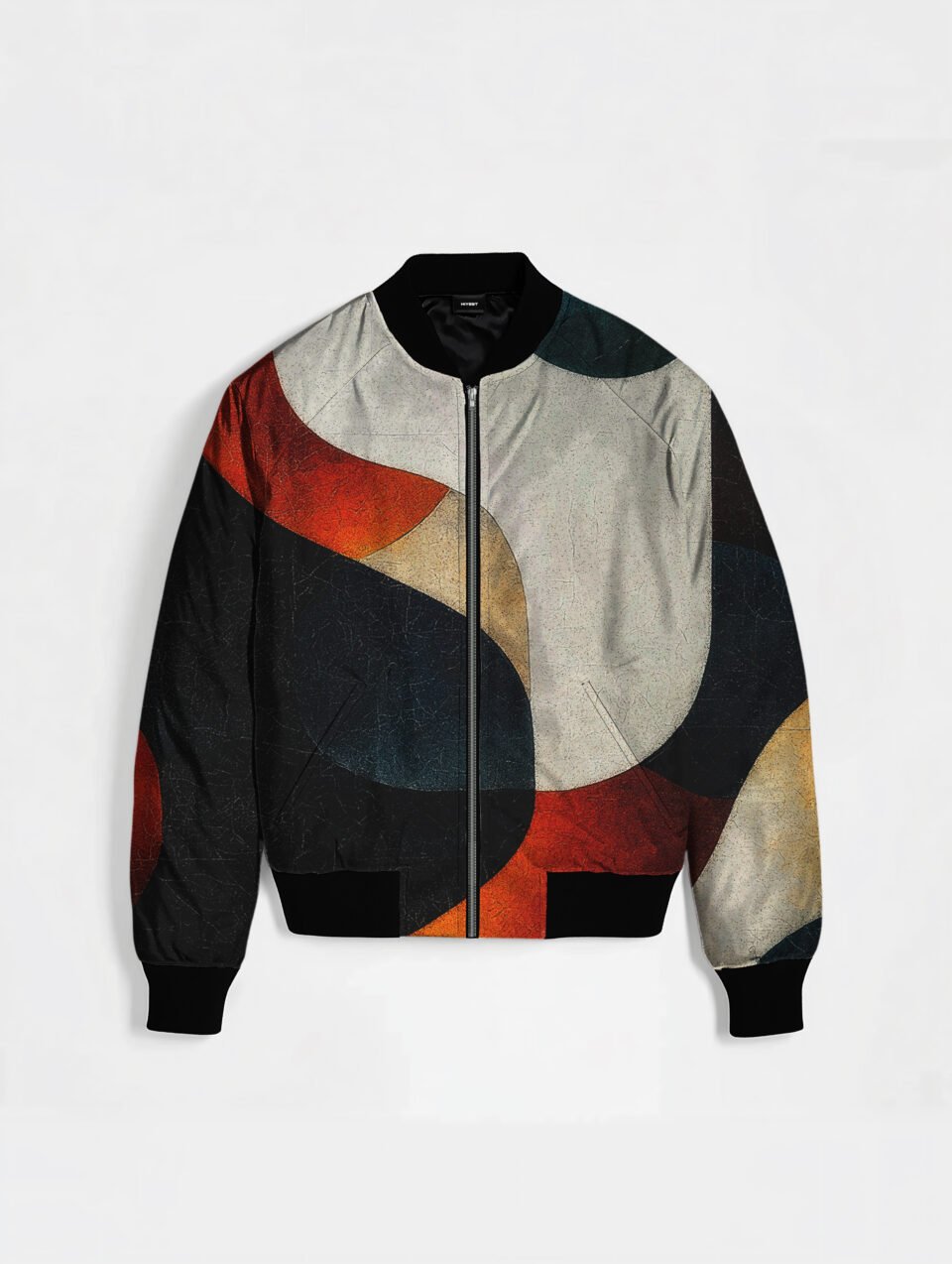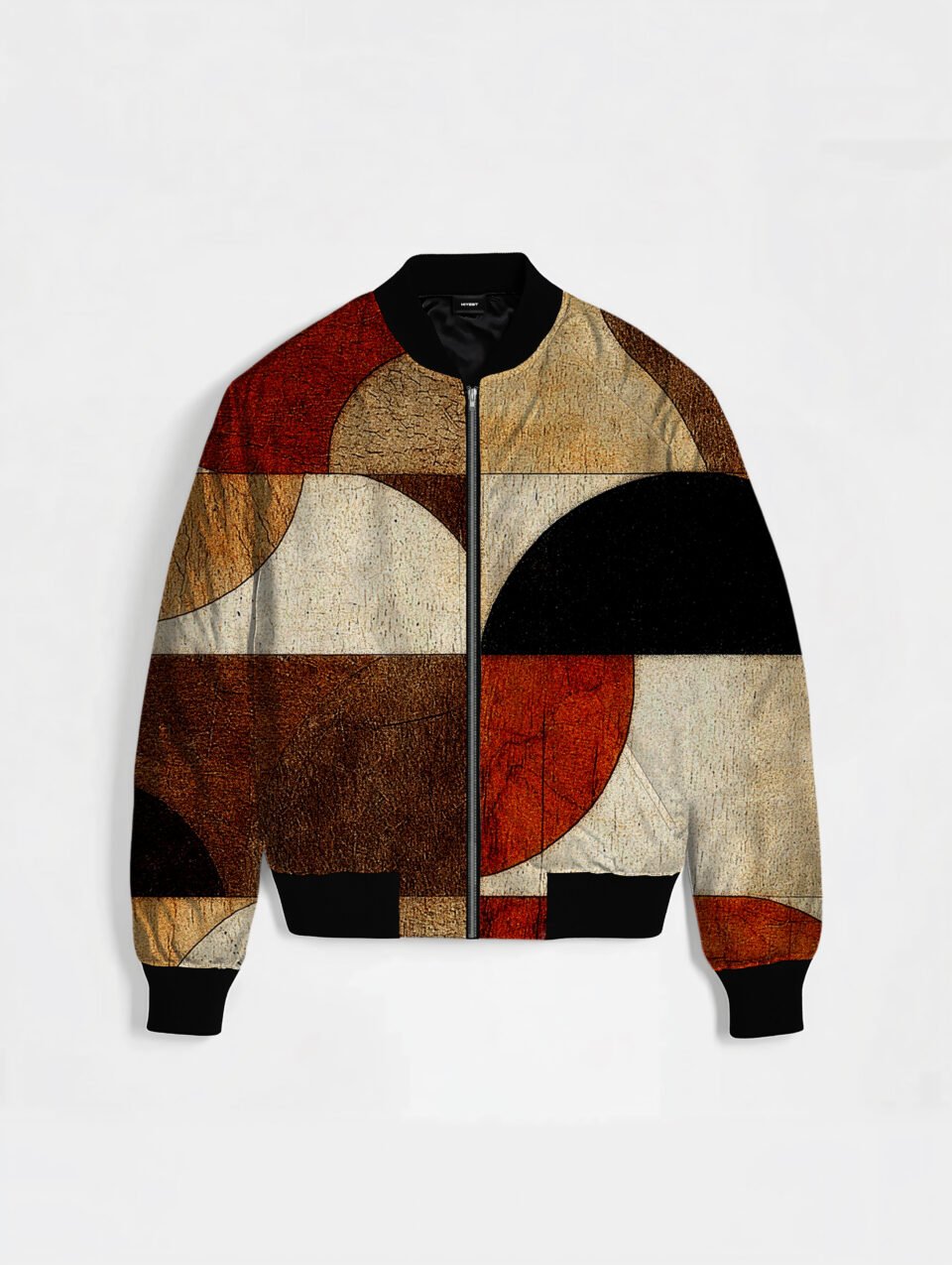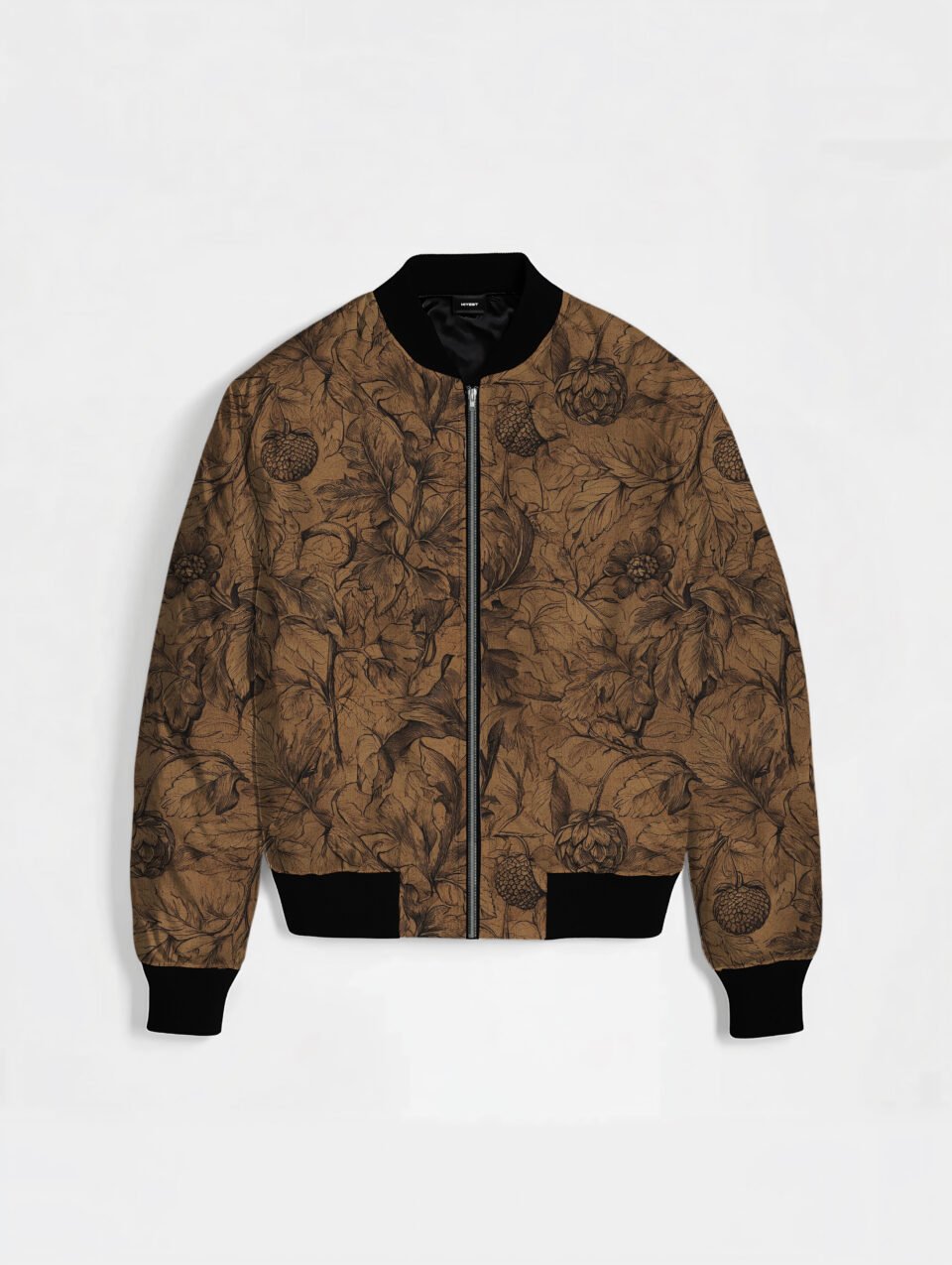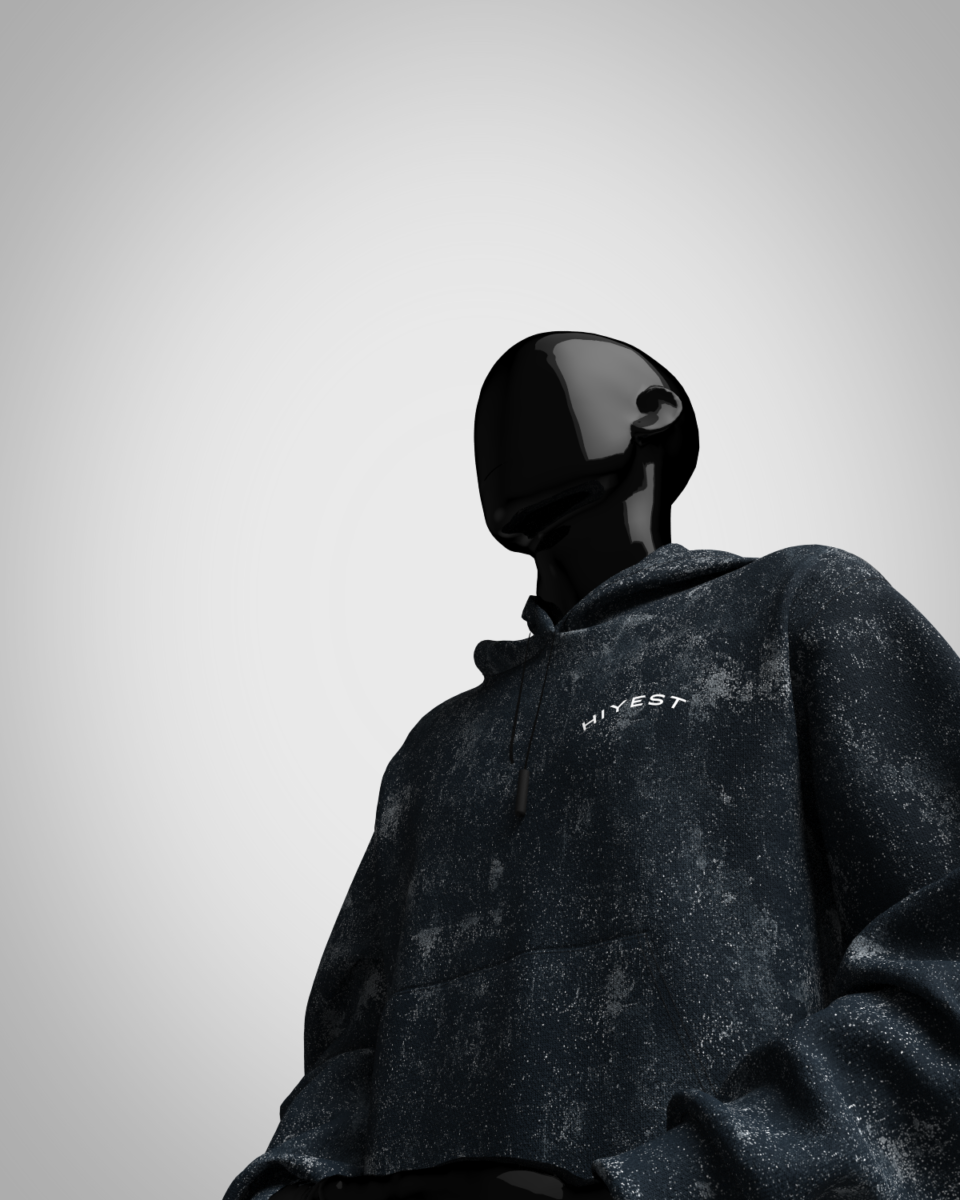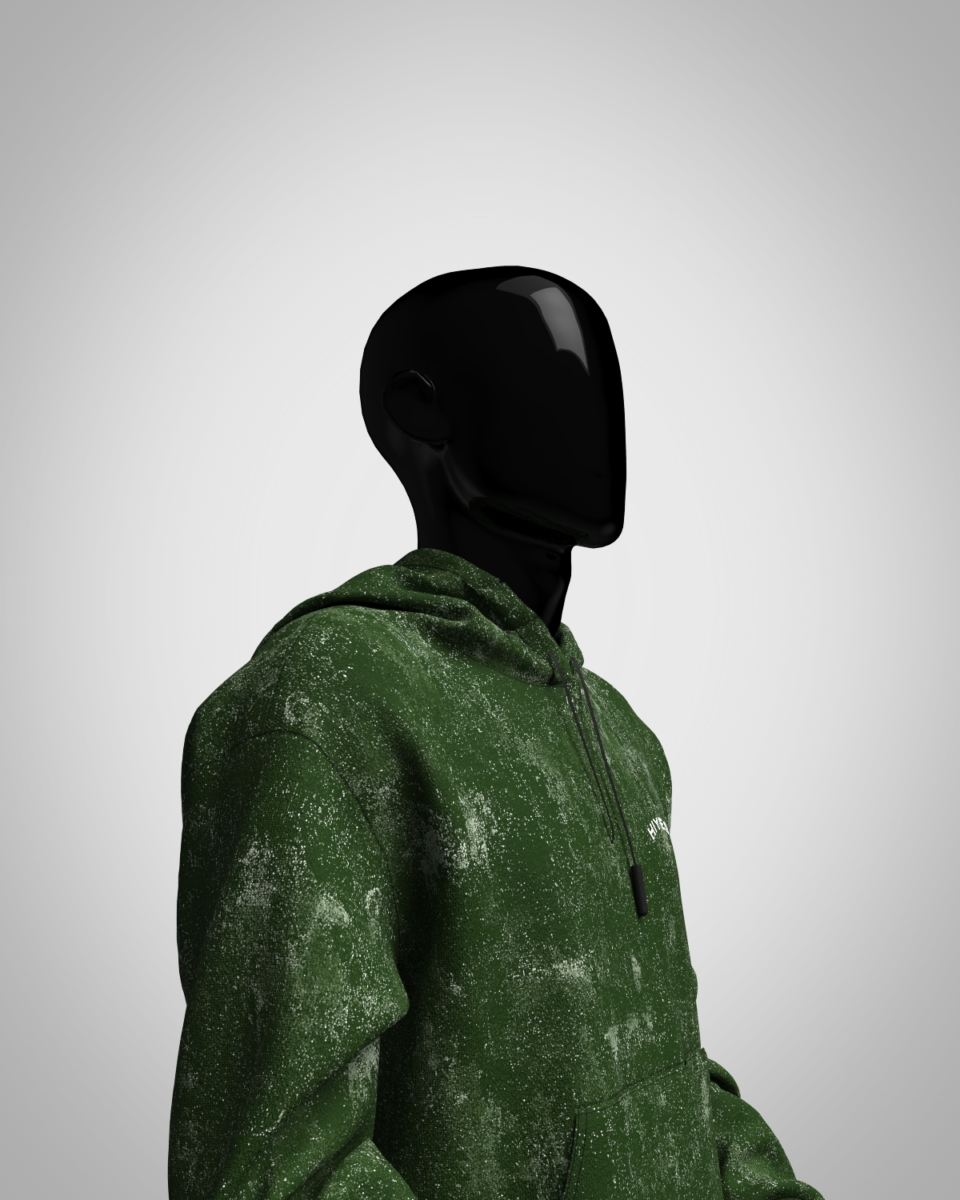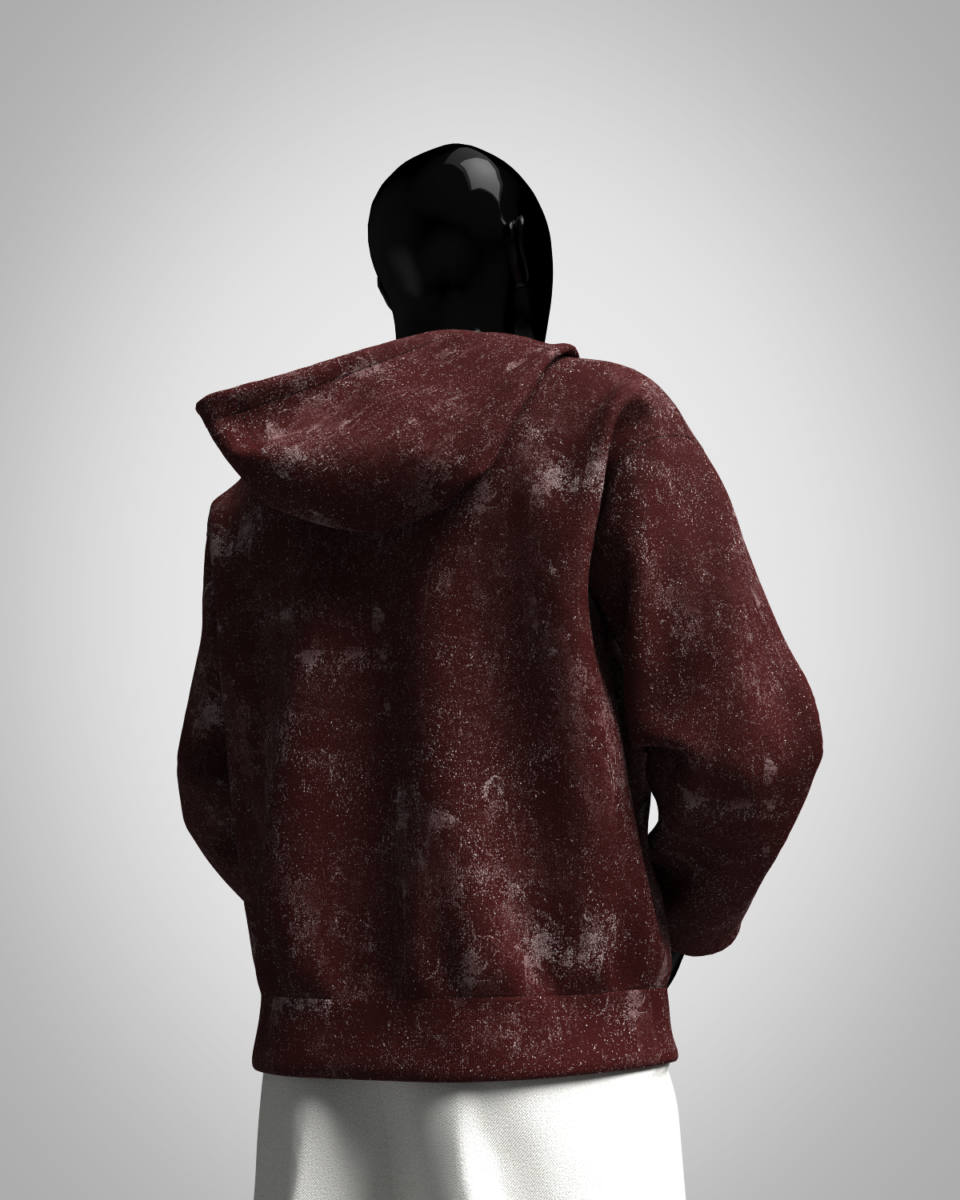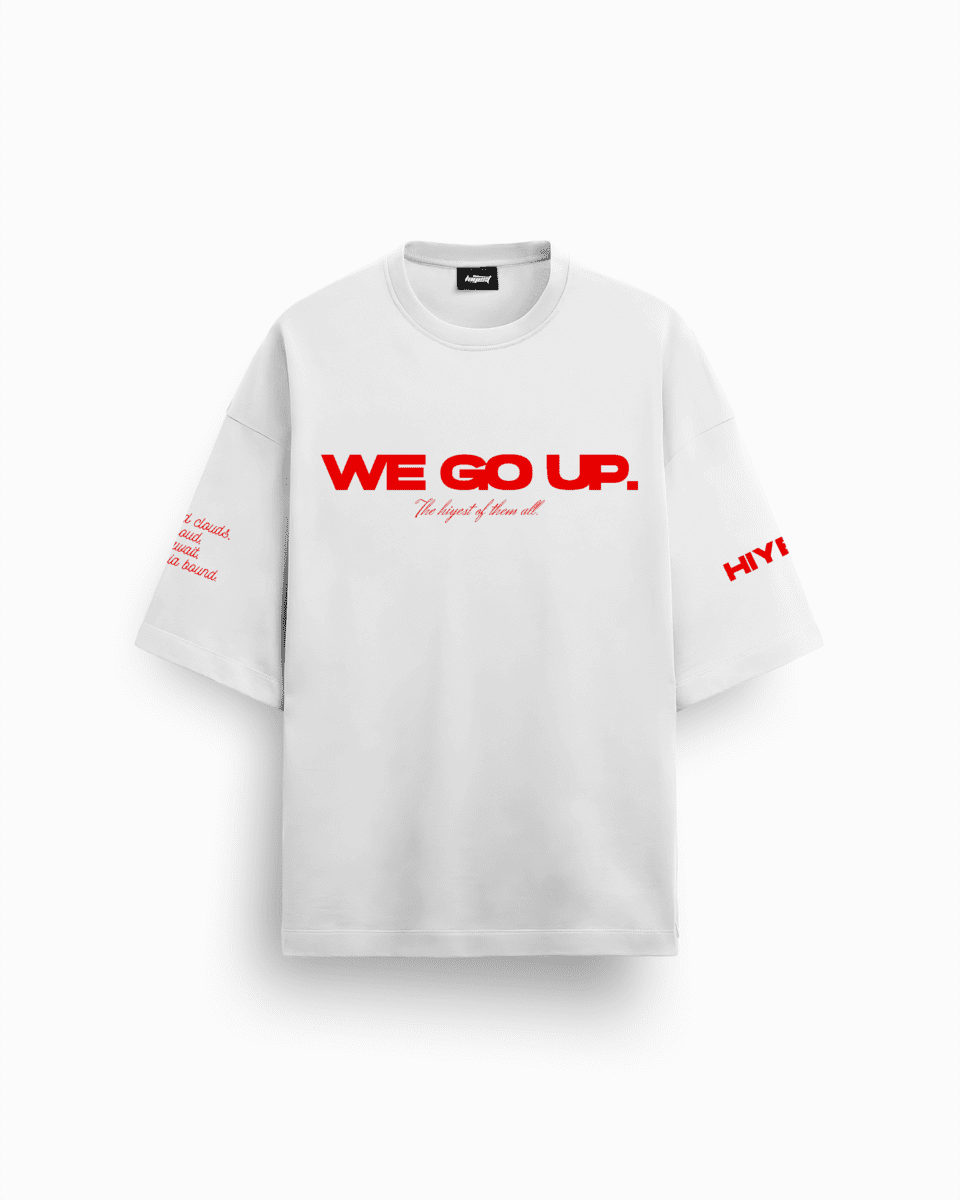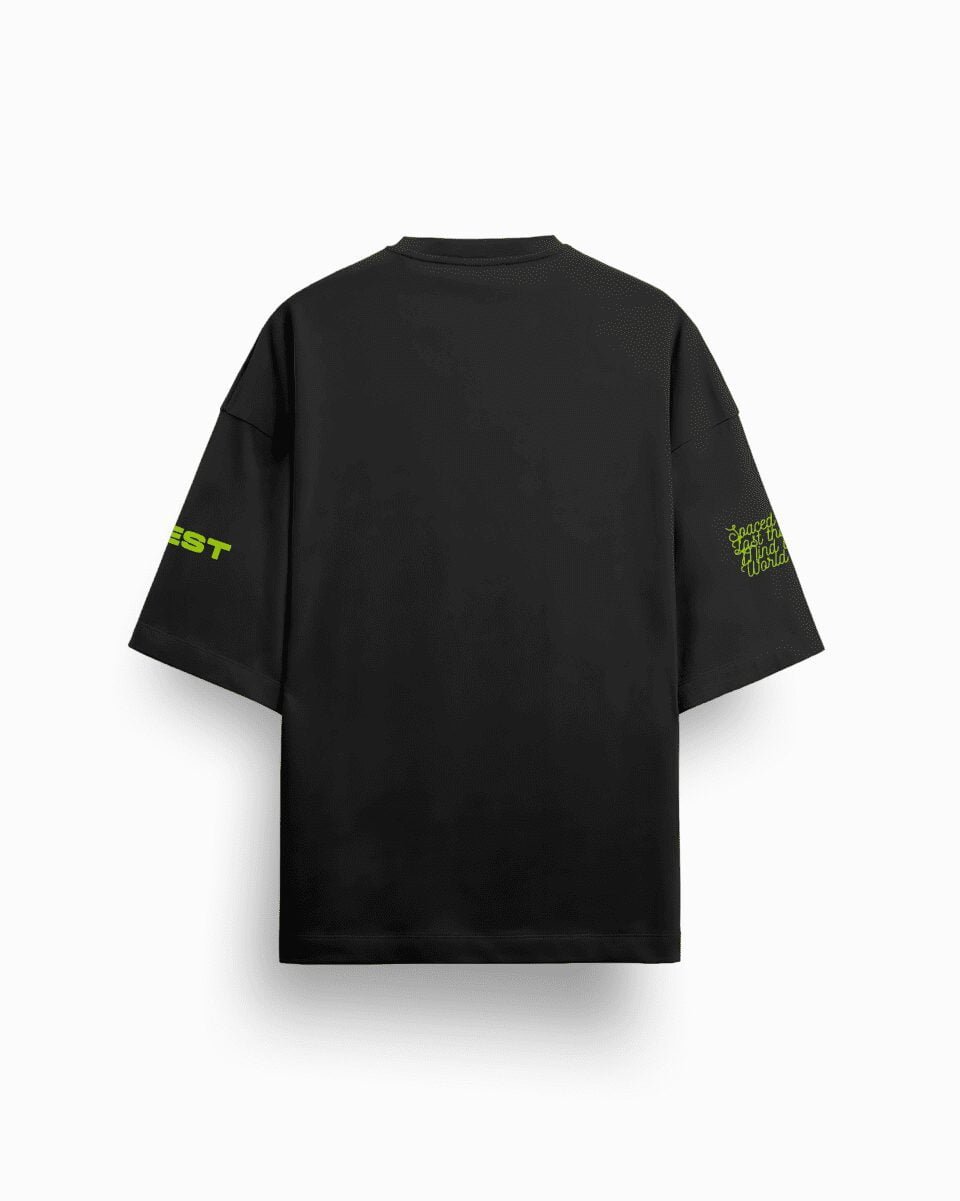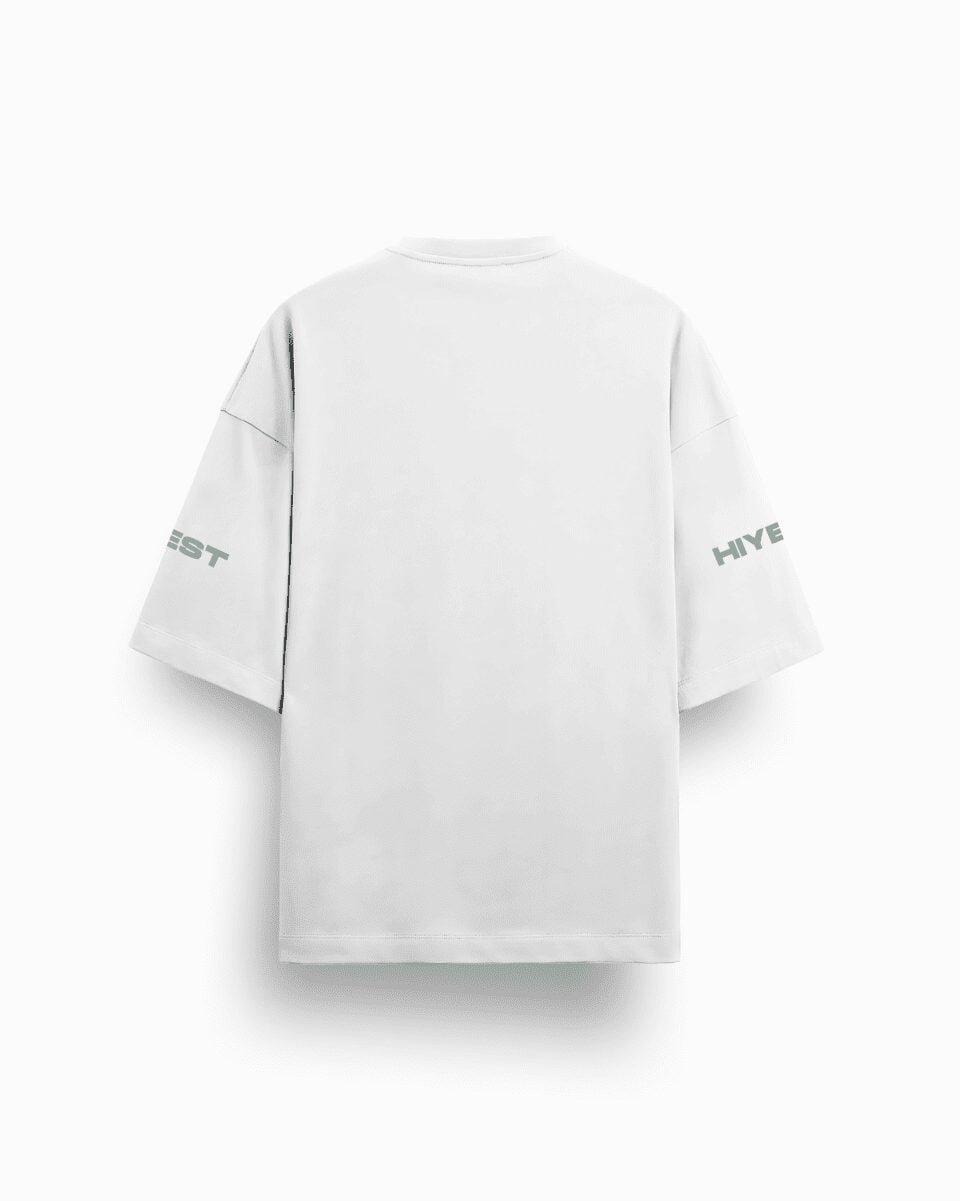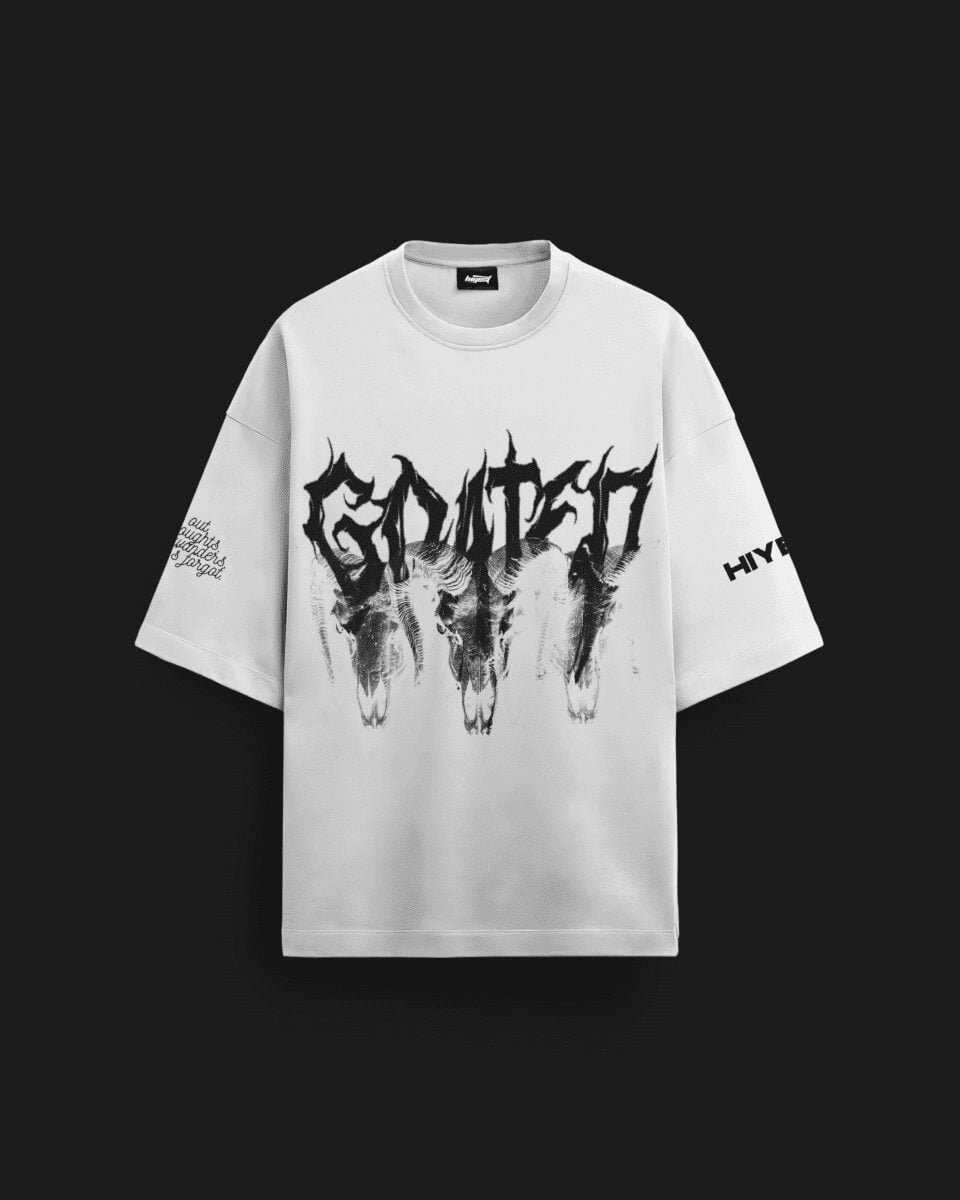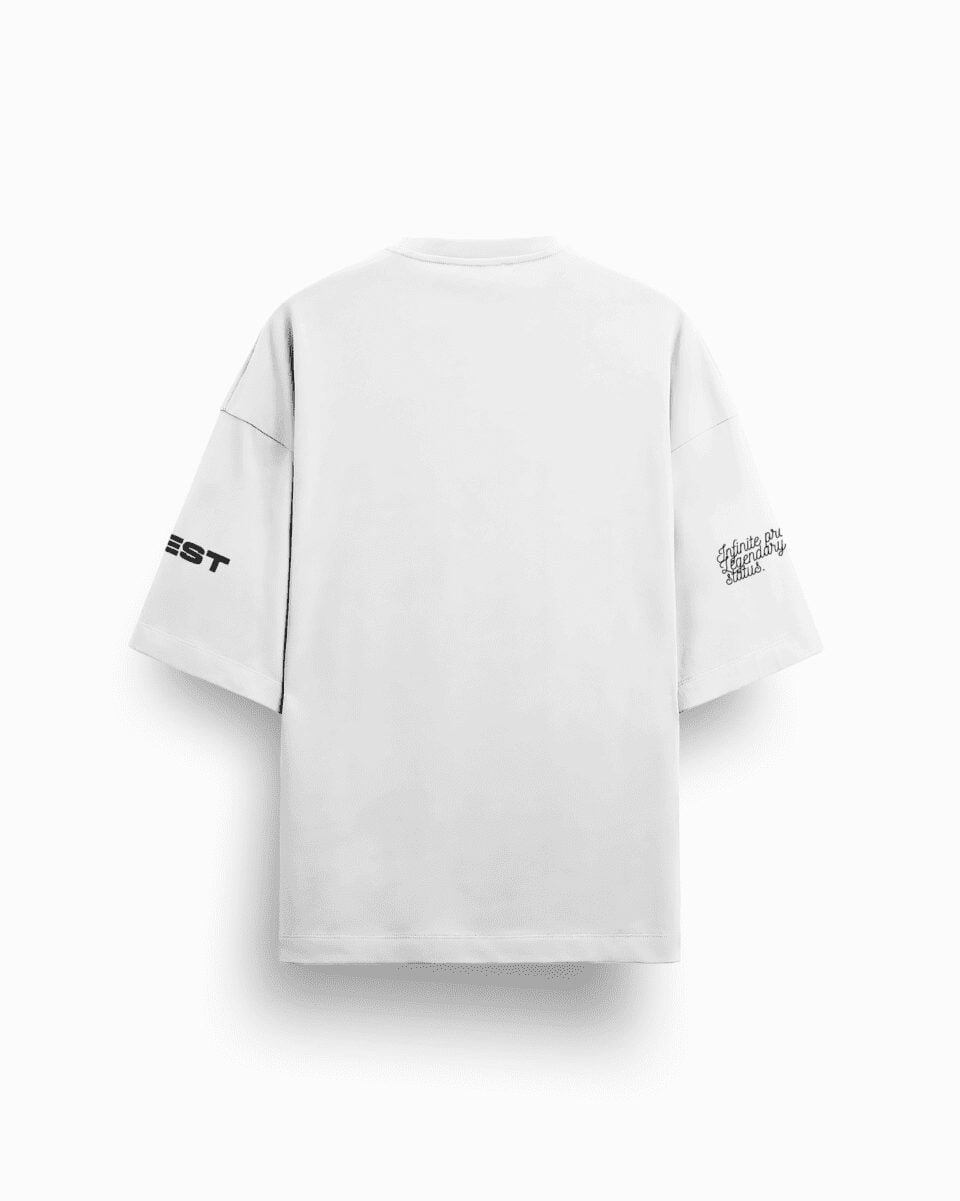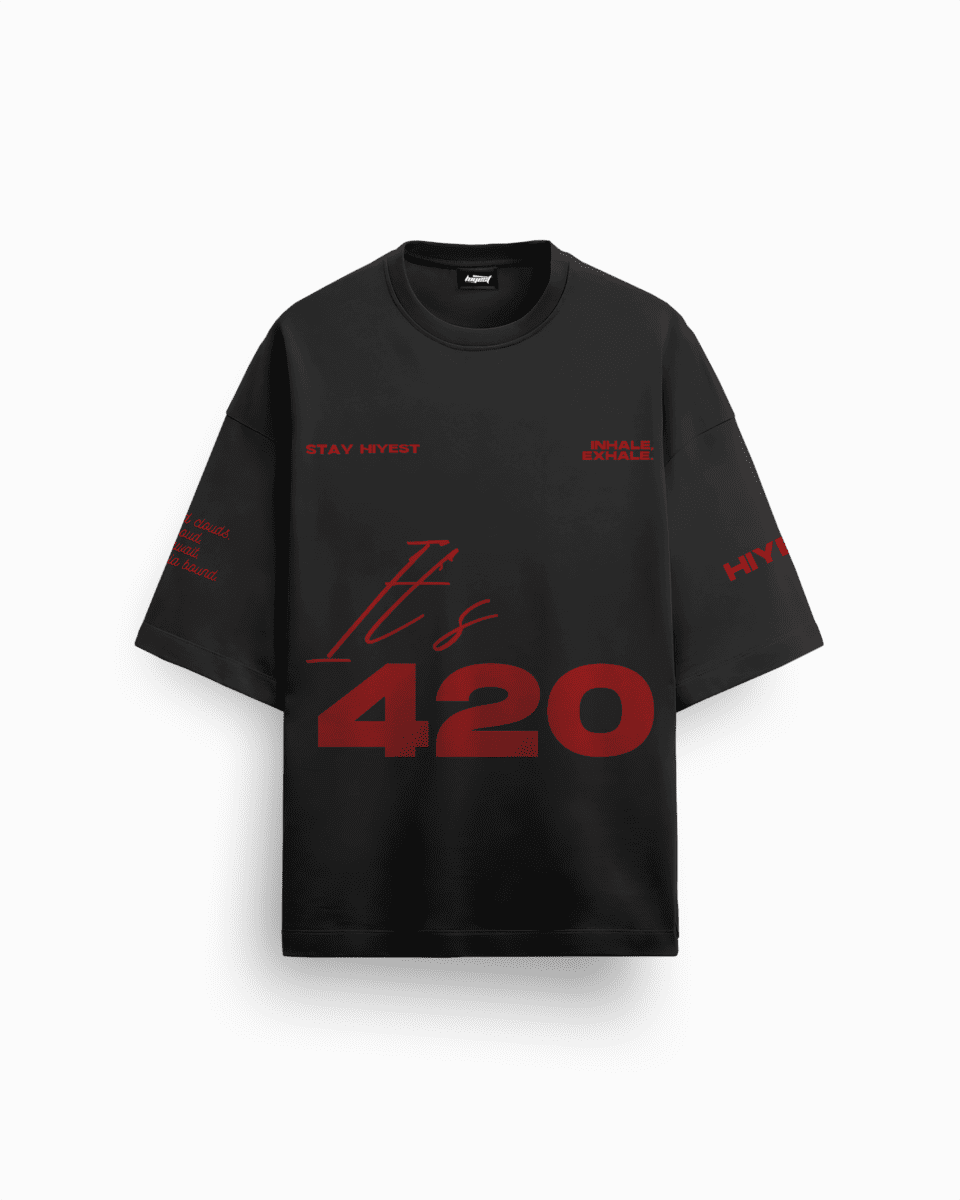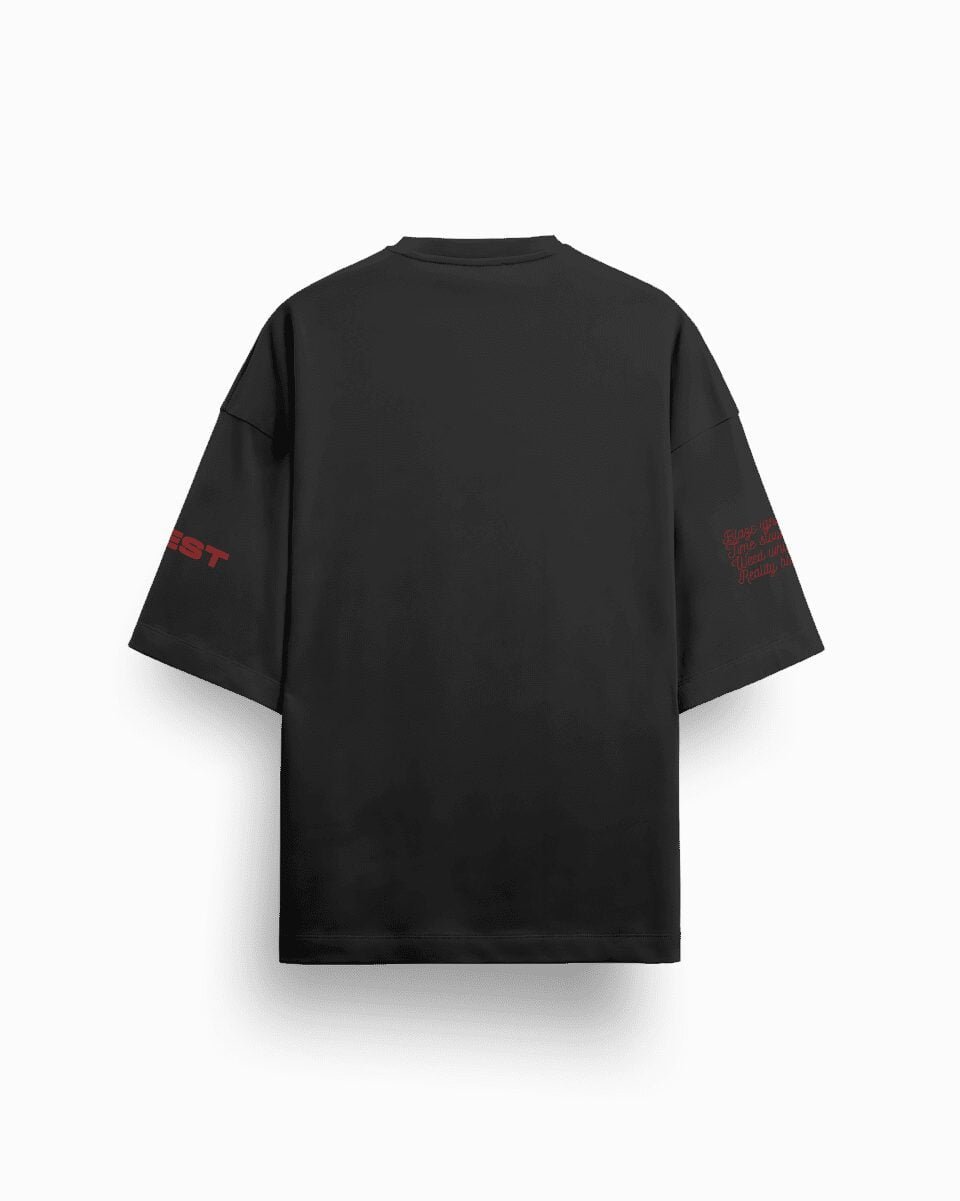Introduction to the Psychological Appeal of Streetwear
Streetwear, a fashion genre rooted deeply in urban culture, transcends mere clothing; it’s a lifestyle and an attitude. It speaks volumes about individuality, identity, and more importantly, the cultures that mold it. Whether it’s a classic hoodie from Hiyest or trendy oversized t-shirts, streetwear offers a canvas for self-expression that resonates with diverse audiences globally.
The psychology behind the allure of streetwear extends beyond aesthetics—it's about empowerment, belonging, and authenticity. But why has this style endured and thrived, becoming a profound cultural statement? Let's dive into the intricate tapestry of streetwear and explore its multi-dimensional psychological appeal.
The Evolution of Streetwear as a Cultural Phenomenon
From Grassroots to Global Influence
Streetwear's origins trace back to urban roots where skaters, surfers, and hip-hop aficionados expressed their unique style. It evolved from these subcultures into a global powerhouse, influencing mainstream fashion.
Key milestones in its journey include the emergence of iconic brands like Supreme and Off-White, which not only capitalized on exclusivity but also highlighted collaborations with high-profile designers to elevate streetwear to luxury status. The Business of Fashion recognizes the industry as a formidable force, valued over $185 billion, signifying its global dominance and appeal.
Cultural Significance Across Decades
Streetwear has continually adapted to reflect societal shifts. The '80s saw the incorporation of 'do-it-yourself' aesthetics and rebellion themes. By the '90s, it had adopted logos and branding as symbols of status and identity. The 2000s witnessed a blend of casual and couture, with modern streetwear promoting social narratives through graphic slogans and designs. These shifts illustrate streetwear's enduring relevance and its ability to resonate with new generations.
Understanding the Psychology of Streetwear Fashion
Fashion Psychology and Identity Expression
Fashion is a powerful medium that communicates identity. For many, streetwear is the lexicon of self-expression. Based on a PwC survey, 42% of respondents felt streetwear allowed them to express their identity better than conventional fashion, underscoring its role in personal narration.
Psychological Needs Fulfilled by Streetwear
Streetwear facilitates a profound sense of belonging and communal identity. It builds communities that thrive on shared interests and ideologies. Wearing streetwear often garners social validation and recognition, fulfilling our innate psychological need for acceptance.
Why Streetwear Feels Empowering to Wear
The empowerment derived from streetwear lies in its ability to subvert traditional power dynamics and reinforce self-confidence. The wearer often perceives streetwear as armor, a representation of individuality that challenges societal norms—a sentiment echoed by millions who engage in its culture.
The Meaning of Streetwear Style
Streetwear's Unique Style Elements
Streetwear thrives on simplicity juxtaposed with complexity, embracing both minimalistic and eclectic aesthetics. Common elements include hoodies, sneakers, and graphic tees. Here's a snapshot of iconic streetwear items:
| Item | Icon Status |
|---|---|
| Hoodie | Cultural staple and versatile piece |
| Sneakers | Anchor of self-expression and status |
| T-Shirts | Canvas for artistic and personal expressions |
Statement Pieces in Streetwear
Statement pieces serve as conduits of individuality and community signals. They convey messages, whether through vibrant colors or collaborative designs, that resonate within cultural and economic strata, amplifying the wearer's narrative.
Streetwear as a Form of Self-Expression
Reasons Streetwear Feels Empowering
Personalization in streetwear amplifies empowerment, allowing individuals to mold collections that echo their identity. Limited editions and exclusivity further incite a sense of empowerment and belonging, offering something special in the mundane.
Impact of Streetwear on Personal Identity
For many enthusiasts, the journey into streetwear is transformative. It mirrors subcultures and provides a vivid canvas for personal tales. Personal streetwear styles often reflect an allegiance to subcultures—whether punk, skater, or hip-hop—encapsulating eclectic identities.
Youth Culture and Streetwear
Youth Culture's Affinity for Streetwear
Streetwear aligns perfectly with youth culture, characterized by rebellion and the quest for individuality. It also aids youths in navigating cultural acceptance, often rebelling against the conventional to craft a distinct cultural narrative.
Generation Z and the Streetwear Trend
According to FashionUnited, Gen Z and Millennials contribute to 70% of streetwear purchases, signaling a strong affinity. Influential brands among this demographic include Supreme, Off-White, and Hiyest, each reinforcing their identity through stylistic innovations and cultural relevance.
Authenticity and Streetwear Consumer Behavior
Authenticity’s Role in Streetwear Appeal
Authenticity breeds brand loyalty within streetwear communities. Here are indicators of authenticity that resonate with consumers:
- Originality in design and storytelling
- Quality craftsmanship and sustainability
- Transparent collaborations that honor culture
Streetwear's Influence on Consumer Behavior
The psychological triggers stemming from streetwear influence consumer behavior remarkably. Celebrity endorsements and influencer partnerships catalyze purchasing decisions, highlighting streetwear’s allure and its encapsulation of aspirational lifestyles.
Community Building through Streetwear Brands
The Streetwear Community Impact
Brands like Supreme and Off-White substantiate community identity through streetwear, facilitating cultural discourse. Collaborations with innovative designers expand their community reach, forging ever-deeper connections with their consumers.
How Streetwear Brands Create Community
Streetwear brands engage their audience through strategies like exclusive drops and immersive events. They promote community through storytelling, embodied in collections that resonate with cultural ethos, reinforcing the communal framework-rich narratives.
Streetwear's Place in Modern Culture
Why Streetwear is Important Today
Streetwear champions fashion innovation by defying traditional norms. Its seamless intersection with high fashion underscores streetwear's critical role in redefining mainstream acceptance and blurring the line between luxury and everyday attire.
Key Elements Defining Streetwear
What separates streetwear from conventional fashion is its narrative depth, embracing cultural influence, individuality, and adaptive qualities that resonate with an ever-evolving audience.
Streetwear's Influence on Identity and Culture
How Streetwear Conveys a Powerful Statement
Streetwear is a powerful narrative tool that carries messages and symbols within its designs, reflecting societal attitudes, rebel culture, and community ethos. Graphics and logos serve as visual articulations of identity and resistance.
Streetwear Trends as Psychological Statements
Trends within streetwear reflect broader societal shifting paradigms, illustrating how culture molds identity and vice versa. These trends act as psychological statements, harnessing the power of collective consciousness.
Conclusion: The Integrated Impact of Streetwear
In summary, streetwear's multifaceted appeal—a cocktail of creativity, rebellion, and community—renders it an enduring cultural pillar. Its legacy persists, inviting wearers to contribute to a broader dialogue that redefines what fashion represents, a testament to its transformative power across the ages.
FAQ
What makes streetwear fashion psychologically appealing?
Streetwear appeals due to its authentic expression of individuality, community belonging, and a sense of empowerment.
How does streetwear convey a powerful statement?
Through symbols, logos, and design nuances, streetwear articulates powerful narratives intrinsic to community and identity.
Why is streetwear important in modern culture?
As a significant cultural force, streetwear balances innovation with tradition, contributing uniquely to the contemporary fashion landscape.
How has streetwear evolved in cultural contexts?
Streetwear's evolution, from humble beginnings to widespread acceptance, reflects deep cultural shifts and the merging of fashion with everyday expression.
By exploring the tapestry that is streetwear, we open ourselves not only to current cultural narratives but also become part of a broader, evolving discussion about identity and style in today's world.


